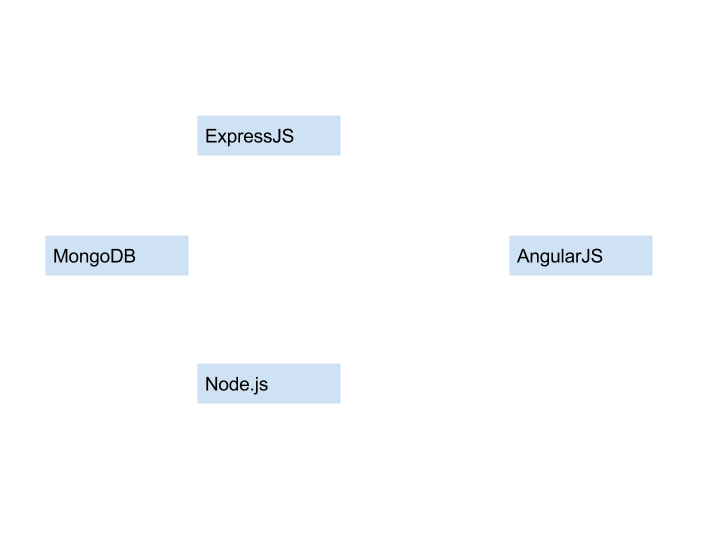Spree Commerce “invalid value for Integer(): "09"” in Spree::Checkout/update
Hello again all. I like to monitor the orders and exceptions of the Spree sites I work on to ensure everything is working as intended. One morning I noticed an unusual error: “invalid value for Integer(): "09"” in Spree::Checkout/update on a Spree 2.1.x site.
The Issue
Given that this is a Spree-powered e-commerce site, a customer’s inability to checkout is quite alarming. In the backtrace I could see that a string of “09” was causing an invalid value for an integer. Why hadn’t I seen this on every order in that case?
I went into the browser and completed some test orders. The bug seemed to affect only credit cards with a leading “0” in the expiration month, and then only certain expiration months. I returned to the backtrace and saw this error was occurring with Active Merchant. So, Spree was passing Active Merchant a string while Active Merchant was expecting an integer.
Armed with a clearer understanding of the problem, I did some Googling. I came across this post. This post describes the source of this issue as being the behavior of sprintf which I will describe below. This topic was discussed in the Ruby Forum.
Octal Numbers
As per Daniel Martin on the aforementioned …
ecommerce rails spree
Angular Responsive Layout Directive
To all of you window.onResize aficionados, I dedicate this blog post because today we will be doing a lot of dynamic resizing in JavaScript. All of it will be done completely and effortlessly with my one-page long Angular directive.
Why do I need to attach an expensive onResize handler to my already overloaded page, you ask. The answer is very simple. Our app layout is pixel-perfect. Each element has the predefined width and margins. Yet, the app needs to look good on all kind of devices, from regular PC to tablet to iPhone. That’s why I created the following Angular directive in /scripts/directives/tsResize.js:
angular.module('angularApp')
.directive('tsResize', function($window) {
return function(scope, element) {
var w = angular.element($window);
scope.getWindowDimensions = function () {
return {
'h': $window.innerHeight,
'w': $window.innerWidth
};
};
scope.$watch(scope.getWindowDimensions,
function (newValue, oldValue) {
scope.windowHeight = newValue.h;
scope.windowWidth = newValue.w;
scope.mainContainerStyle = function () {
if (newValue.w > 890) {
return {}; …angular css design html javascript
DBD::Pg escaping placeholders with backslashes
The popularity of using JSON and JSONB within Postgres has forced a solution to the problem of question mark overload. JSON (as well as hstore) uses the question mark as an operator in its queries, and Perl DBI (esp. DBD::Pg) uses the question mark to indicate a placeholder. Version 3.5.0 of DBD::Pg has solved this by allowing the use of a backslash character before the question mark, to indicate it is NOT a placeholder. We will see some code samples after establishing a little background.
First, what are placeholders? They are special characters within a SQL statement that allow you to defer adding actual values until a later time. This has a number of advantages. First, it completely removes the need to worry about quoting your values. Second, it allows efficient re-use of queries. Third, it reduces network traffic as you do not need to send the entire query each time it is re-run. Fourth, it can allow for seamless translation of data types from Postgres to your client language and back again (for example, DBD::Pg translates easily between Perl arrays and Postgres arrays). There are three styles of placeholders supported by DBD::Pg—question marks, …
database dbdpg json perl postgres
Riding the Elasticsearch River on a CouchDB: Part 1
As you may guessed from my perfect tan and rugged good looks, I am Phunk, your river guide. In this multi-part series, I will guide us through an exploration of Elasticsearch, its CouchDB/BigCouch River plugin, its source, the CouchDB document store, and the surrounding flora and fauna that are the Ruby on Rails based tools I created to help the DPLA project manage this ecosystem.
Before we get our feet wet, let’s go through a quick safety briefing to discuss the terms I’ll be using as your guide on this trip. Elasticsearch: A schema-less, JSON-based, distributed RESTful search engine. The River: An Elasticsearch plugin that automatically indexes changes in your upstream (heh) document store, in real-time. CouchDB: The fault-tolerant, distributed NoSQL database / document store. DPLA: The Digital Public Library of America open source project for which all this work was done.
Let’s put on our flotation devices, don our metaphor helmets and cast off.
In an Elasticsearch + River + CouchDB architecture, all things flow from the CouchDB. For the DPLA project, we wanted to manage (create, update and delete) documents in our CouchDB document repository and have those changes …
couchdb elasticsearch rails
Web Development, Big Data and DevOps—OSI Days 2014, India
This is the second part of an article about the conference Open Source India, 2014 was held at Bengaluru, India. The first part is available here. The second day of the conference started with the same excitement level. I plan to attend talks covering Web, Big Data, Logs monitoring and Docker.
Web Personalisation
Jacob Singh started the first talk session with a wonderful presentation along with real-world cases which explained the importance of personalisation in the web. It extended to content personalisation for users and A/B testing (comparing two versions of a webpage to see which one performs better). The demo used the Acquia Lift personalisation module for the Drupal CMS which is developed by his team.
MEAN Stack
Sateesh Kavuri of Yodlee spoke about the MEAN stack which is a web development stack equivalent to popular LAMP stack. MEAN provides a flexible compatibility to web and mobile applications. He explained the architecture of MEAN stack.
He also provided an overview of each component involved in MEAN Stack.
MongoDB — NoSQL database with dynamic schema, in-built aggregation, mapreduce, JSON style document, auto-sharding, extensive query mechanism and high availability. …
angular conference docker containers mongodb nodejs php cms
DBD::Pg: one ping to rule them all
How can you tell if your database connection is still valid? One way, when using Perl, is to use the ping() method. Besides backslash-escaped placeholders, a revamped ping() method is the major change in the recently released version 3.5.0 of DBD::Pg, the Perl/DBI interface to Postgres. Before 3.5.0, there was a chance of false positives when using this method. In particular, if you were inside of a transaction, DBD::Pg did not actually attempt to contact the Postgres backend. This was definitely an oversight, and DBD::Pg now does the right thing.
Detecting a dead backend is a little trickier than it sounds. While libpq stores some state information for us, the only way to be sure is to issue a command to the backend. Additionally, we check the value of PQstatus in case libpq has detected a problem. Realistically, it would be far better if the Postgres protocol supported some sort of ping itself, just a simple answer/response without doing anything, but there is nothing like that yet. Fortunately, the command that is issued, / DBD::Pg ping test, v3.5.0 */*, is very lightweight.
One small side effect is that the ping() method (and its stronger …
database dbdpg postgres
Bucardo replication trigger enabling
Bucardo is one of the trigger-based replication systems for Postgres (others include Slony and Londiste). All of these not only use triggers to gather information on what has changed, but they also disable triggers when copying things to remote databases. They do this to ensure that only the data itself gets copied, in as fast as manner as possible. This also has the effect of disabling foreign keys, which Postgres implements by use of triggers on the underlying tables. There are times, however, when you need a trigger on a target to fire (such as data masking). Here are four approaches to working around the disabling of triggers. The first two solutions will work with any replication system, but the third and fourth are specific to Bucardo.
First, let’s understand how the triggers get disabled. A long time ago (Postgres 8.2 and older), triggers had to be disabled by direct changes to the system catalogs. Luckily, those days are over, and now this is done by issuing this command before copying any data:
SET session_replication_role = 'replica';This prevents all normal triggers and rules from being activated. There are times, however, when you …
bucardo postgres replication
2014 hack.summit() wrap-up #hacksummit
Seeing the proposed line-up for the 2014 hack.summit() virtual conference was the grown-up equivalent of seeing the line-up for some of the first Lollapalooza events. It was definitely an “All those people I want to see, and all in one place? head asplode” moments.
So, what is this conference with the incredibly nerdy name? In short, it’s a selection of industry leading speakers presenting all on-line and streamed live. The “registration fee” was actually a choice between mentioning the conference on a few social media platforms, or making a donation to one of a number of programming non-profits. Seeing as I don’t tweet, I made a donation, then signed in (using OAuth) via my Google+ account. It was a delightfully frictionless process.
The hack.summit() conference ran December 1st through December 4th, but I was only able to “attend” the last two days. Luckily for me, all of the live-streamed presentations are also available afterwards on the hacksummit site. They feel a little hidden away in the small menu in the upper left corner, but they’re all there, available as YouTube videos.
So, why is was hack.summit() worth your time? It’s got an amazing collection of very accomplished …
conference









